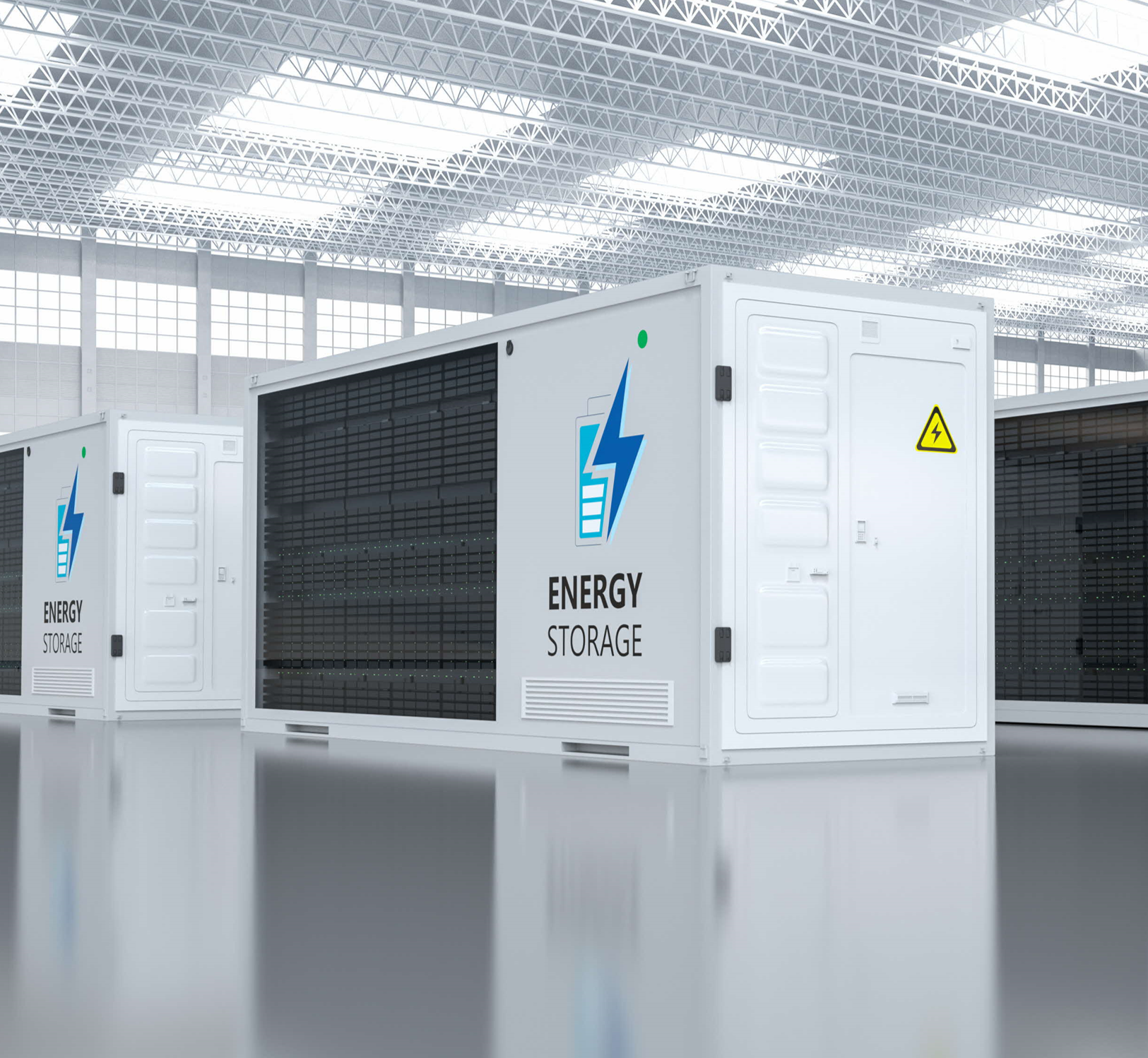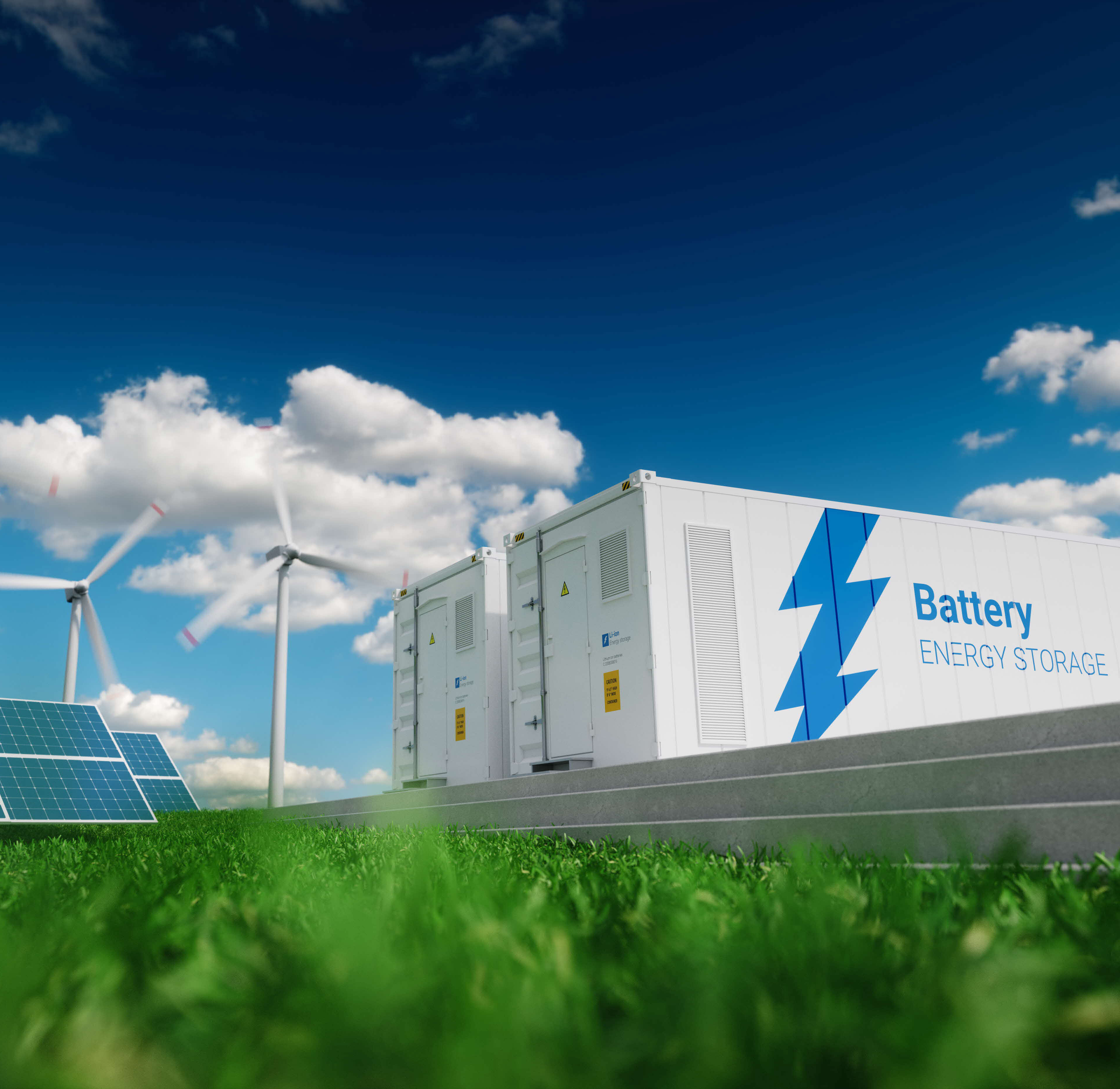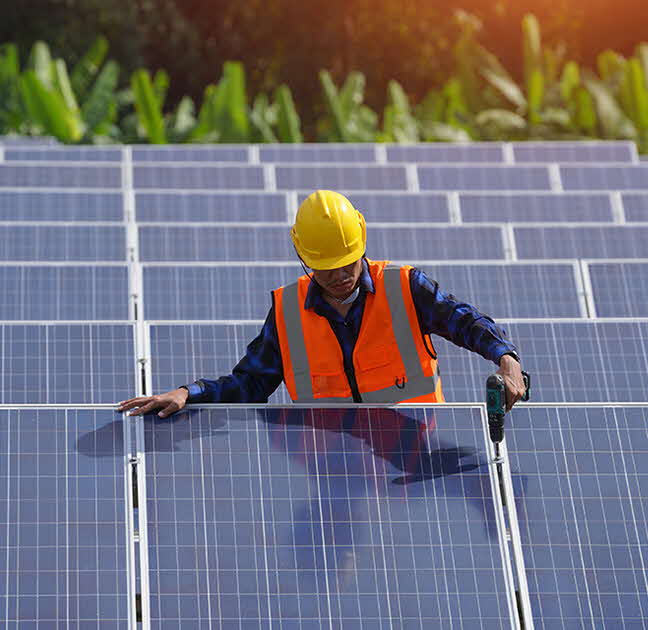Unleashing Asia offshore wind: the way forward
Industry offers potential to enable jurisdictions to meet renewable energy targets

By Ganesh Padmanabhan, Head of Project Finance, and
Samuel Yee, Vice President, Project Finance, DBS Bank
As Asia ramps up renewable energy generation to transition away from fossil fuels, offshore wind will be a key lever, owing to the region’s extensive coastlines and favourable wind conditions.
The International Renewable Energy Agency estimates that Asia will be a global leader in wind power and will account for over 60% of all offshore wind capacity installed globally by 2050. But there are contrasting progress in offshore wind development across Asian markets.
Leading markets like Taiwan, Japan and South Korea have top-down carbon neutrality targets that provide policy certainty and encourage offshore wind farm (OWF) development. This is further reinforced by the Renewable Energy Development Act in Taiwan and Renewables Portfolio Standard obligations in South Korea, which require energy-guzzling corporates and institutions (C&I) to demonstrate a minimum amount of renewable power procurement.
These factors favour C&I consumers in these markets to contract long-term corporate power purchase arrangements (CPPA) with OWF projects, which, in turn, facilitate project bankability.
Meanwhile emerging markets such as Vietnam and the Philippines are still in the early phases of development, where various projects and tenders have been announced but construction has yet to start. Indeed, they can learn from the experience of the leading markets to strengthen the policy ecosystem for renewable projects and make themselves more attractive for OWF development, which is highly capital intensive.
Furthermore, to address the issue of affordability for OWF projects, collaborative development models that transcend national borders can also be explored. For instance, Vietnam recently introduced a power export model that includes provisions for electricity generated from local OWF farms to be exported to Singapore via high-voltage subsea cables in the future.
But scaling up the construction of OWF remains a challenge as sustained high interest rates regionally have made financing more expensive and project economics harder to justify for developers.
How then can developers successfully tap on project financing going forward? What are the critical success factors that will make projects bankable by financiers? Here are three major trends shaping offshore wind development in Asia that developers will need to grasp.
Auction bid outcomes herald change in revenue models and drive M&A activity
Although there is a variety of project bidding framework in Asia, the lowest price bidder typically still wins a project bid, given the significant weightage on bid price competitiveness in bid evaluation. In Taiwan and Japan, most recent projects have been won at the lowest price level possible. In South Korea, the renewable energy certificate (Rec) selling price was almost flat to the historical price in 2023 Rec auctions.
While projects have contemplated selling power on CPPA at better prices than the awarded bid to improve developers’ upside and financing outcomes for OWF projects, assembling a bankable portfolio consisting of several CPPA with multiple off-takers remain untested propositions in Asia.
In emerging markets like the Philippines and Vietnam, the reliance on foreign equipment imports due to nascent local supply chains, coupled with grid infrastructure capacity issues, could potentially drive up OWF project costs for developers. Hence, wholesale power sale introducing revenue volatility in emerging market projects are less desirable to project financiers. On this front, a practical way forward would be to implement a predictable feed-in-tariff power purchase agreement with a state utility for the coming years.
At the same time, the offshore wind sector is likely to see more merger and acquisition (M&A) activity where investors seek to share equity risk with other partners. This will lead to consolidation of project ownership structure favouring experienced developers with the financial bellwether to manage the construction and financial risks of OWF projects.
Trade-off between localisation and cost optimisation
Existing projects in Taiwan, Japan and South Korea are reliant on European original equipment manufacturers, which are ahead of the technology curve. Given government efforts to increase local content, new projects are encouraged to source higher content locally. However, if the local supply chain lacks the capacity and capability to deliver quality equipment, projects may risk incurring higher construction costs due to re-work and schedule delays.
Fortunately, commercial lenders financing projects in the region can take comfort in the presence of the export credit agencies (ECAs) of Organisation for Economic Cooperation and Development (OECD) countries, which have in the past few years provided credit guarantees or credit insurance cover for a substantial portion of project debt.
Though it is important to note that new projects pursuing higher local content will inevitably reduce OCED ECA participation in the financing structure and may face greater competition to seek commercial bank financing, resulting in higher financing costs.
Project financing for new tech as a way forward
Floating OWF structures (or floaters) will be the next technological breakthrough for Asia, particularly for newcomers, such as the Philippines, a country that will need to leapfrog the current offshore wind technology, dominated by fixed-bottom structures, given that most of its wind resource is predicted at deep sea depths where it is not economical to install such structures.
Just like when the first prototype of fixed-bottom OWFs was developed in 2010, floaters were perceived as a “non-proven” technology until only recently, when some floater projects in Europe have qualified for project financing.
One way around this is to adopt a phased financing approach. Developers can finance floater projects through their balance sheet during the initial pilot phase, and acquire project financing after an operational track record for the technology is demonstrated.
Alternatively, developers can still enjoy benefits of long-term project financing upfront by offering a limited form of construction risk backstop, which will allow the developer’s obligation to financiers to be reduced over time as the construction programme is de-risked.
The offshore wind industry has significant potential to enable Asian jurisdictions to meet their renewable energy targets. But given the challenges in the sector, developers will need to have a good understanding of the market to structure a bankable project package.
A well-optimised package will balance risk sharing with financiers on the backdrop of higher merchant and construction risks. As such, project financing will continue to be the main mode of financing OWF projects in Asia, given the merits of performing project due diligence, which enable financiers to right-size the project’s risks and debt.



